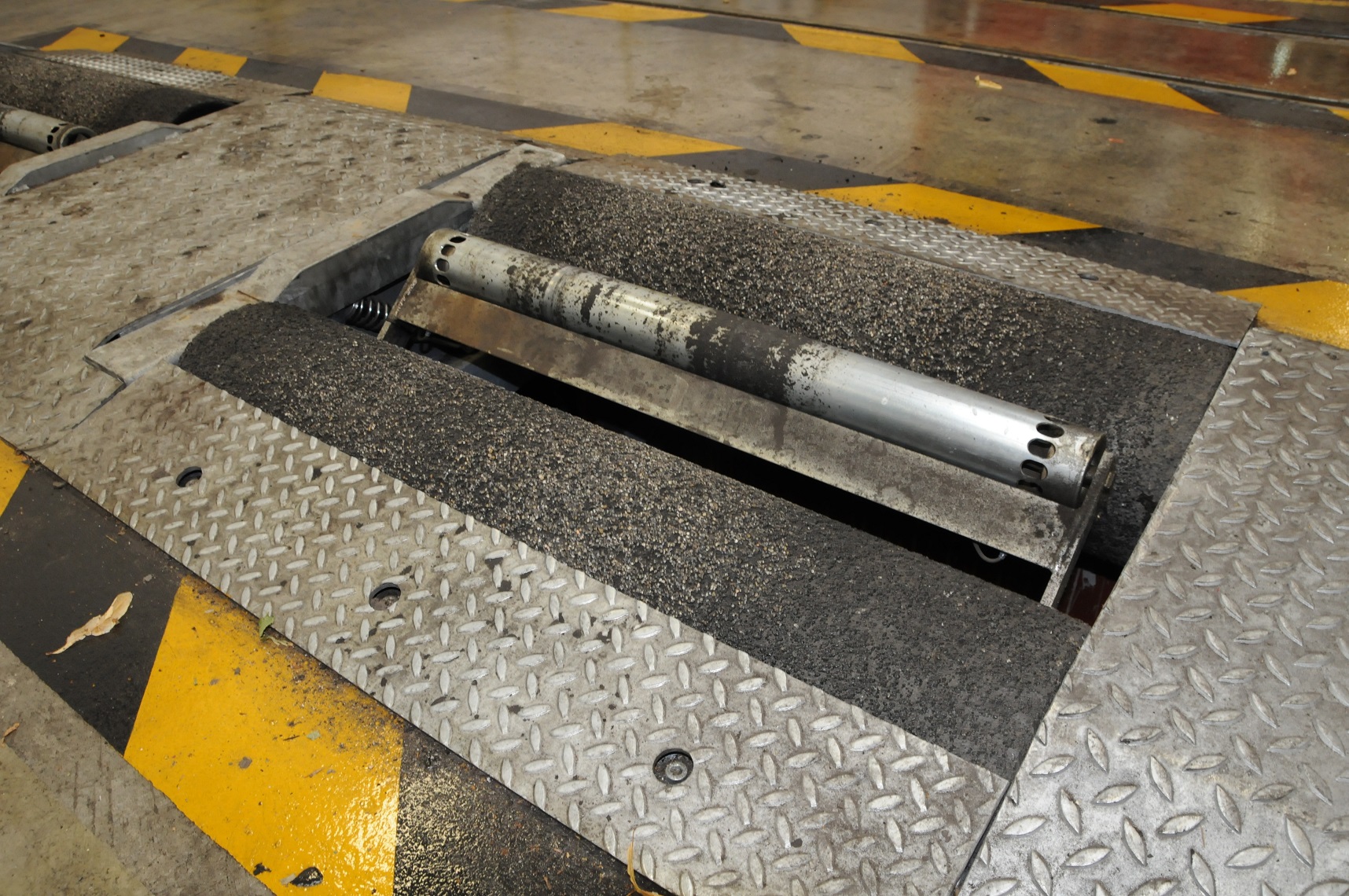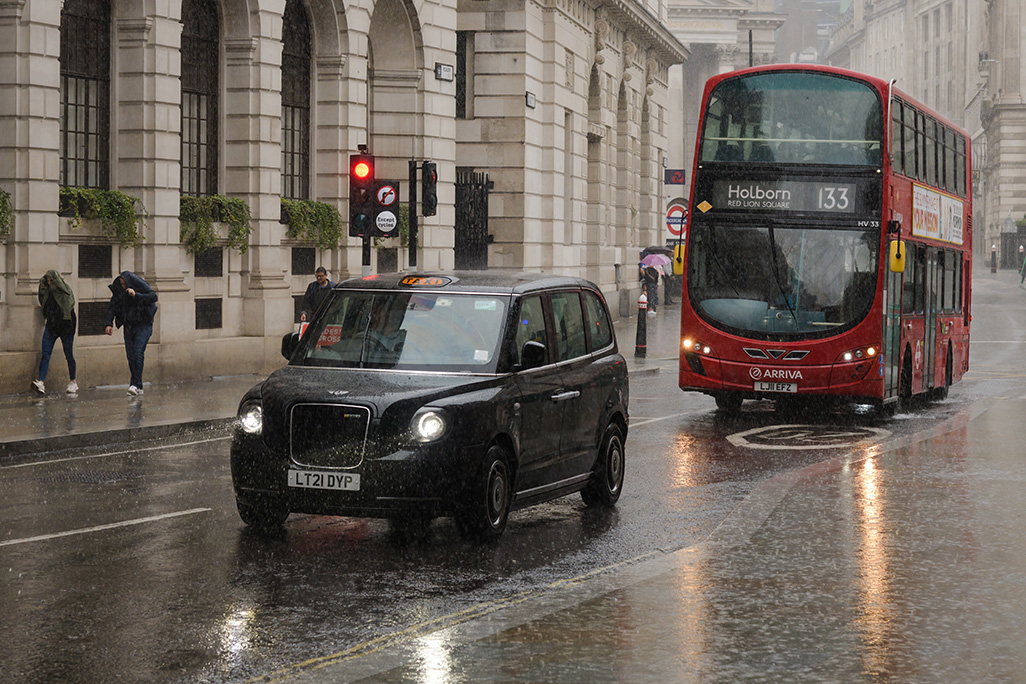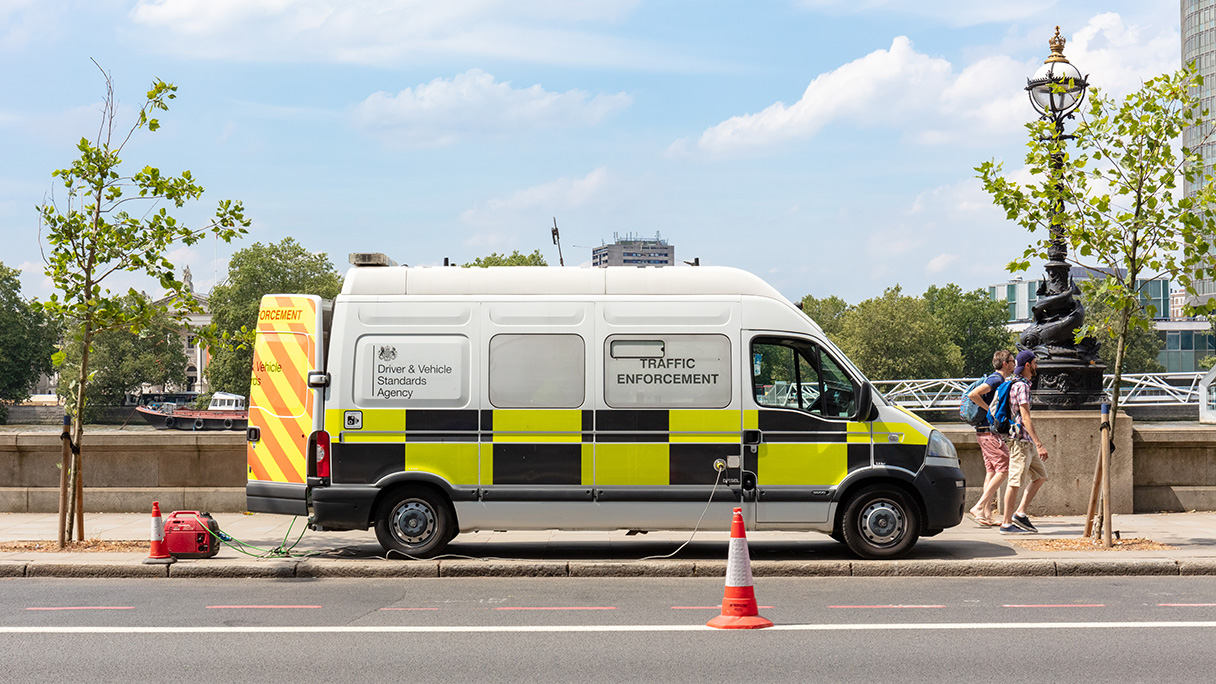As a small operator, brake testing was historically always something that we did only for MoT. That was just how it was. Fast forward a few years and we now have our own brake testing facilities that we use for our own vehicles, as well as being able to offer a service to other operators that haven’t made the investment but still want to keep their fleets compliant.
With the Guide to Maintaining Roadworthiness advising that, as best practice, a brake test should be carried out on inspection or at least four times per year, now is the time when operators should look at their maintenance regime and see where brake testing facilities fit in, or ensure that outside maintenance contractors are carrying out brake tests as often as possible.
Let’s face it: If you get called to a Public Inquiry because you didn’t want to spend £30 on a brake test, it won’t look very good.
But when it comes to the brake test report you receive, do you really know what you are looking at? How many of us just see pass or fail and view the rest as a gobbledegook of numbers, percentages and weights? How many operators receive the report from their maintenance provider and immediately file it away?
The report contains so much information alongside the magic ‘pass’. If used and interpreted correctly, the brake test report can give a very good insight into the current state of your vehicle’s braking system, as well as being able to pre-empt possible future issues if the information you inputted into the system is correct.
As PSV operators, we do not have the luxury of the vehicle having a plating certificate. As such, we must get our DTP numbers from last year’s MoT printout. At least then you know that you are testing to the same standards as DVSA.
We find it very useful when reading reports to take a look at the figures and see what is happening. For instance, you may have a report that states the vehicle has passed, but that there is a 25% imbalance on the rear brakes from one side to the other. Your nearside brake may have locked out, but the offside didn’t and yet still pulled enough braking force to pass.
While a pass is acceptable, you clearly have an issue if one side is 25% down from the opposing wheel – albeit not one serious enough to fail. But there is obviously a part that is failing. Being able to pre-empt that is always better than receiving a failed brake test result, or even worse, a roadside prohibition!
There are many guides available online that can be useful to circulate to technicians and mechanics. Logistics UK provides a comprehensive brake test report guide. DVSA has an online section titled understanding your HGV or trailer brake test report. While not PSV based, the standards are the same, as is the printout.
It is worth sitting down with a brew and having a read through them. It even counts towards CPD, and gives everyone a better understanding of what they are looking at on the brake test report.
About the author
Sam Archer is Director of Archway Travel of Fleetwood, an engineer by trade, and Honorary Chairman of the IRTE Northern Centre. This is his first routeone guest column.



























